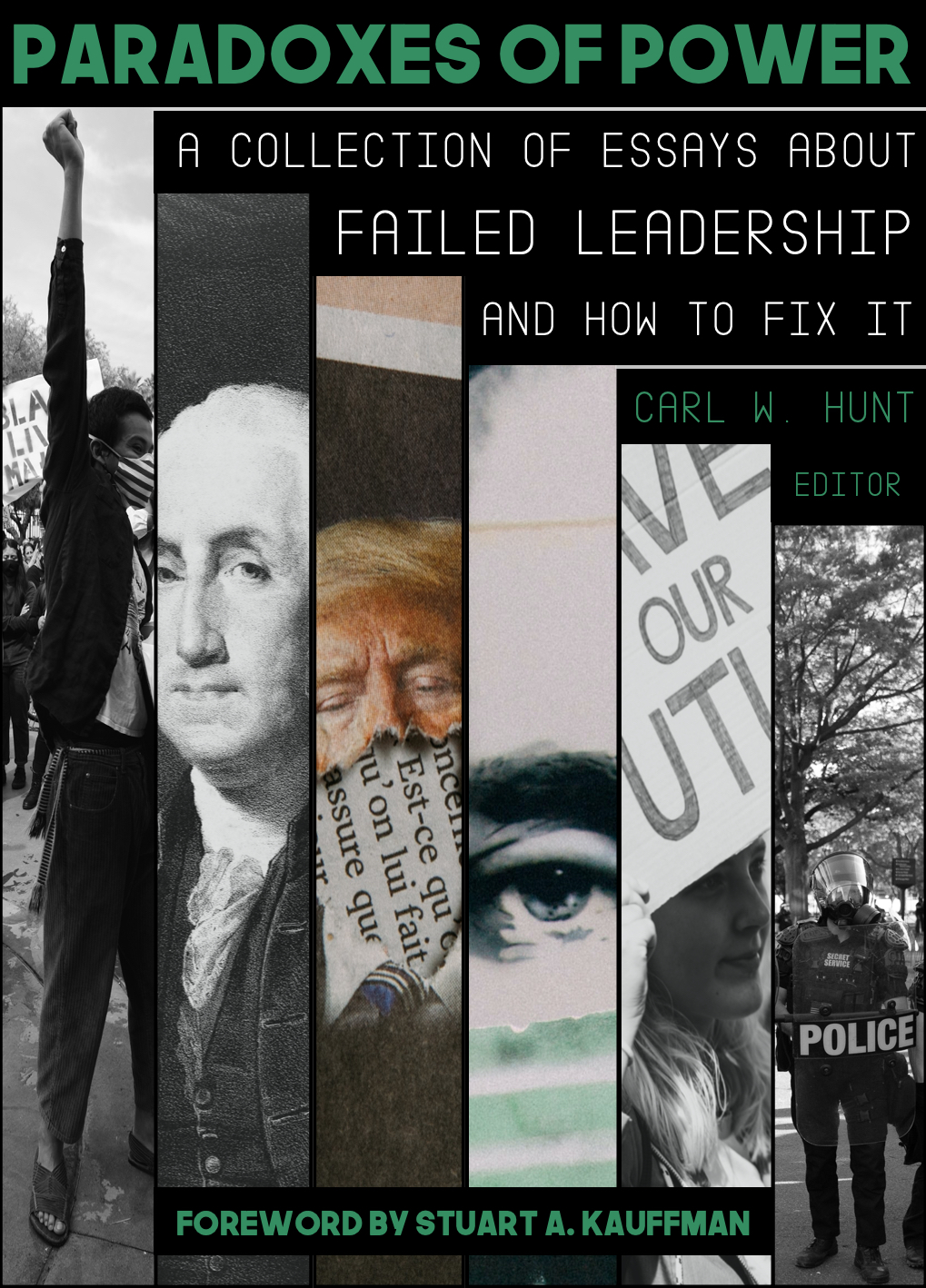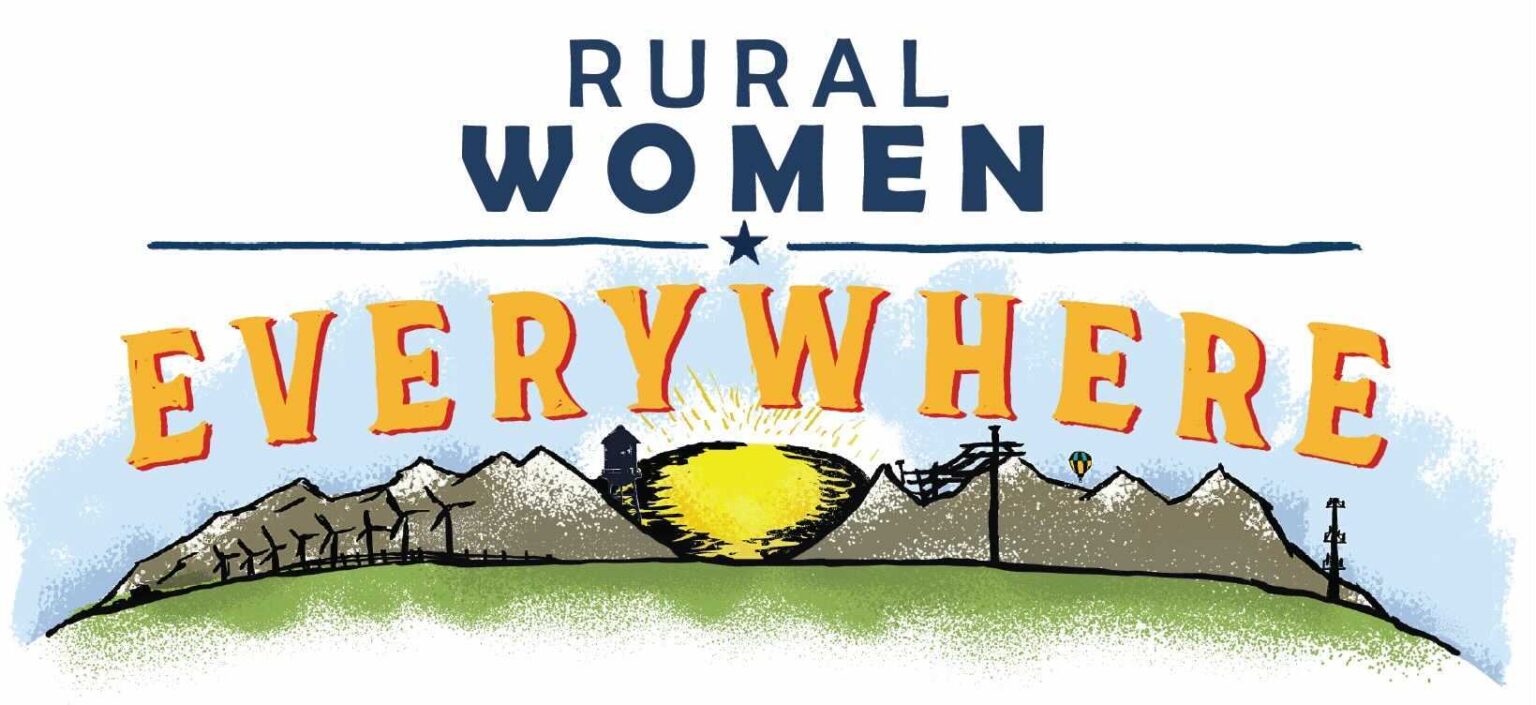Introduction by Ben Speggen
This essay – by Carl Hunt, a retired U.S. Army colonel and principal co-author and editor of Paradoxes of Power, and Lawrence Kuznar, an emeritus professor of anthropology and contributor to the book – is the first in a series on leadership and power and how the lessons they observe in their book can be applied at the local level. What recommendations could come from a closer study of leadership and power – the successes and failures of each – that might lead to changes in practice at the community level?
This essay works to begin answering that. Future ones will examine leadership and power in the context of gender, race, economics, nature and the environment, government, politics, education, justice, and religion.
Here is their case:
Part 1: Unwrapping Paradox in Leadership and Power in Our Communities, Towns, and Cities
By: Carl Hunt and Lawrence Kuznar
Most sciences, both physical and social, have recognized the irony of contradiction that goes by the label “paradox.” Paradoxical contradictions are counterintuitive outcomes that seem to defy what the conditions or evidence suggest at first glance. But to explain these paradoxes, scientists often—you could say paradoxically—look for unifying theories that tie evidence or observation to more consistent and predictable behaviors. Physicists, for example, search for a “Unified Theory” to address how the quantum world relates to the physical world in which we live out our existence, another seemingly paradoxical situation.
This idea of paradox applies equally well to leadership at every level of organization. When leaders and their organizations take actions or decisions against the collective group’s benefit, they create counterintuitive conditions we call “paradoxes of power.” These paradoxes and contradictions often work against desired objectives. In simpler terms, they make leaders fail. Naturally, followers and stakeholders look elsewhere for fulfillment. When communities, towns, and cities enter a leadership paradox, for example, the costs to budgets and people can be significant and followers’ sense of place and their role in it weakened.
On the other hand, vibrant organizations and places, small-to-large, have one common trait: they benefit from excellent leadership. These organizations, whether they be in the public or commercial sectors, nurture effective, prepared leaders who know how to manage their people and their assets. These leaders accomplish objectives that cannot be attained by individuals alone.
As the Our Towns Foundation highlights examples of these successes around our nation, we wish to showcase the connections between community success and good leadership and use of collective power. We’ll visualize how we might avoid paradox at the local community level with better, more caring leadership.
We will identify organizational paradoxes and suggest “unifying” practices to overcome them. To further introduce the ideas of connecting leadership and power to community success, we will also demonstrate how effective leaders interact with their followers and communities. We’ll seek to explain how the collective and its group-enhanced power can reveal richer potential to achieve something greater than the sum of its parts, a major objective for any organization, while defusing the potential for paradox. That is the essence of successful leadership in government, business, academia, and even religion.
A paradox may be evident in retrospect but is not always easy to detect in real time. That can be because of bias, experiences, and lack of training, or often a combination of the three.
As an example, consider Jerry Harvey’s 50-year-old leadership model called “The Abilene Paradox.” Its concept is simple: people often collectively agree to do things that none of them actually want to do. We’ve all sat in meetings that drift completely away from the stated agenda and end up “resolving” irrelevant issues that no one cares about. The participants would agree to anything just to end the meeting. On the national scale, it’s all too easy to see this pattern. Few people really “want” U.S. governance to be as polarized and bitter as it is now, but group dynamics and leadership paradoxes have brought us to this point. We offered an updated overview that relates to contemporary organizational leadership malfunctions here.
Governments at all levels that wallow in paradox create bigger problems while addressing smaller ones. They “optimize” mediocrity when a better result should have been within reach. These kinds of organizational paradoxes permeate every level of organizational management.
Because the Our Towns Foundation focuses on the communities, towns, and cities that compose the roots of America, we feel this is the right place to spotlight these same roots of challenges and successes within our nation. In a federated form of a democratic-republic like the United States, outcomes in these communities can scale to greater and more relevant outcomes at the national level. That’s true of leadership and power, as well.
Sharing examples of better power and leadership relationships reinforces the concept of The United States of America, of how communities work together and how their examples serve as models. Our diverse communities need this level of union, and our nation needs it, too. Good, paradox-free leadership relationships of small towns and cities scale to greater success for us all.
This post is the first of a five-part series on leadership and power in many of the types of organizations that fuel success in the communities that the Our Towns Foundation study and describe.
As we did in Paradoxes of Power, our team will further this work to address leadership and power in many of what we called our “national disciplines:” gender, race, economics, nature and the environment, government, politics, education, justice, and religion. The misapplication of power and poor leadership in many of these areas have kept our communities and nation from achieving the kinds of successes our Founders envisioned and articulated in the Constitution and the Federalist Papers.
To bring these ideas closer to home, we’ll discuss personal power in the U.S., just as we did in the book. The idea of “personal power” is also a part of the “unifying theory” to overcome paradox, as it is the one distinctive characteristic all of us retain as Americans to ensure our nation is as unified as it can be.
As essayist Joshua M. Hunt wrote, “this is a special, supremely important power we as American citizens possess and it’s also an integral part of our individual power relationships with our community and the organizations of which we might be a part.”
As one of our Millennial Generation essayists in the book, Joshua was thinking about the relationships of the next generations to our nation. Through a series of penetrating questions and narratives, Joshua unpacks Personal Power and relates it to the future roles all Americans must exercise to perpetuate our freedoms. More on this important discussion follows.
Throughout our series, some of the essayists from Paradoxes of Power will describe how power in all sizes and types of organizations functions and feeds the leadership dynamics of communities, towns, and cities, as well as how it scales all the way to the vaunted halls of the United States Congress. We’ll discuss examples of the failures of power relationships and how these shortcomings have dramatically reduced the effectiveness of government. As we will establish, some of these failures over the last 50 years or so have warped our citizens’ perception of what a good leader should even look like. In many cases, our national confidence has been shaken, and the notion of self-rule finds new challenges from every direction, both at home and abroad. It all starts in our communities and towns.
We will show, based on practicing good leadership and power, that the democratic-republican form of government our Founders established in 1787 is likely still the best form of government in the history of human civilization—its current tensions and strains notwithstanding.
We began this introductory essay discussing contradictions and paradoxes, and the ways sciences look for “unifying theories” to explain and predict paths to overcome paradox. The idea of unification of thought and action, particularly when it comes to leadership and use of power, is far more than metaphor, however. It’s also a practical guide to bringing our communities, towns, and cities closer to the ideals of our Founders in our Declaration of Independence and Constitution: balancing freedom, security, and equality of access to opportunity. It was an improbable balancing act in 1776 and 1787, and it’s still our nation’s biggest challenge, as “We the People” continue to work to form a “more perfect union.” It’s also the main challenge our essayists took on and will further explore in future pieces.


